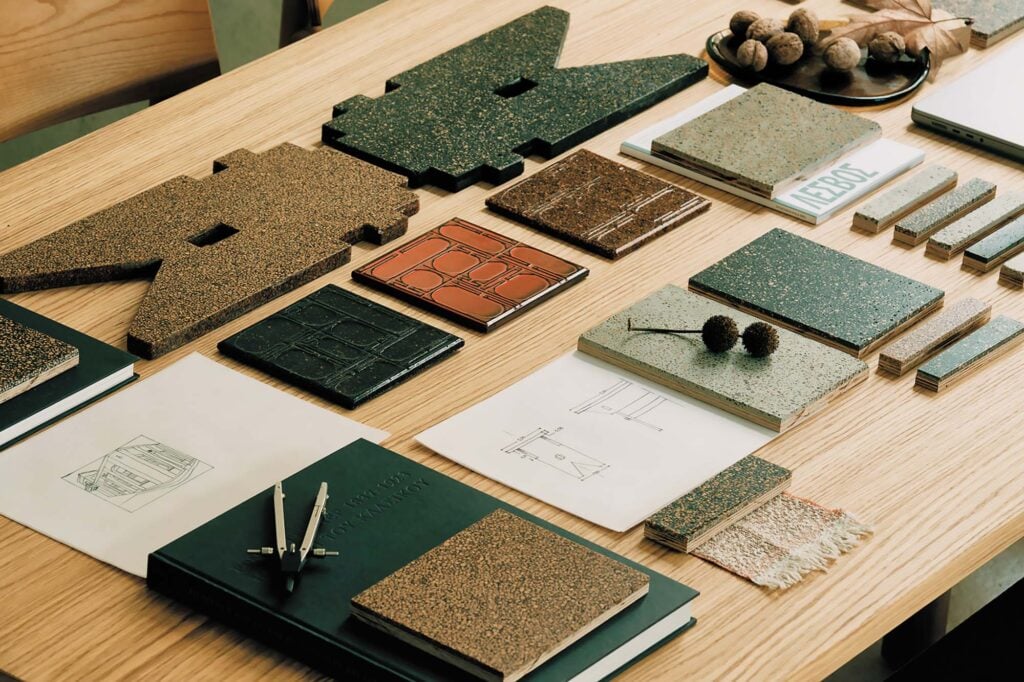
April 19, 2022
LIVDEN’s Low-Impact Tiles are LEED-Ready


Would you like to comment on this article? Send your thoughts to: [email protected]
Related
Products
These Biobased Products Point to a Regenerative Future
Discover seven products that represent a new wave of bio-derived offerings for interior design and architecture.
Profiles
Chris Adamick Designs for Life
The Los Angeles–based product designer launches the paradigm-shifting Admix table system with Allsteel.
Profiles
Designer Yinka Ilori Wants to Bring Joy to Work
Through colorful designs like his new collection produced with textiles and wallcoverings brand Momentum, the London-based designer hopes to unleash our creative potential in the office.





